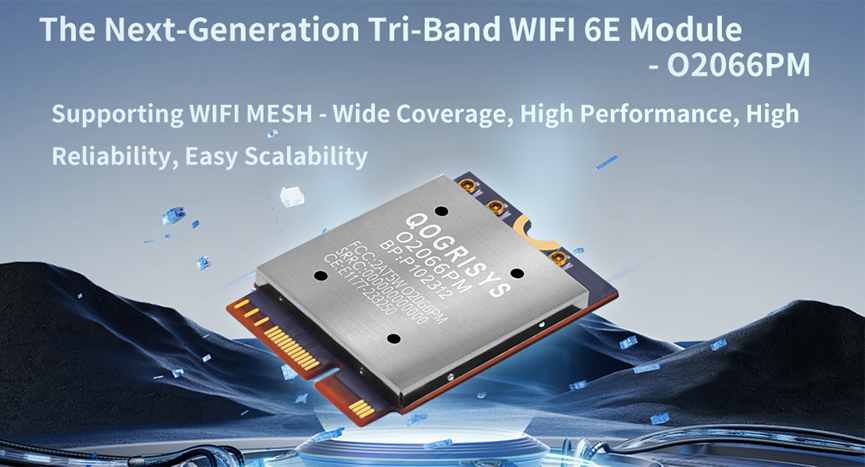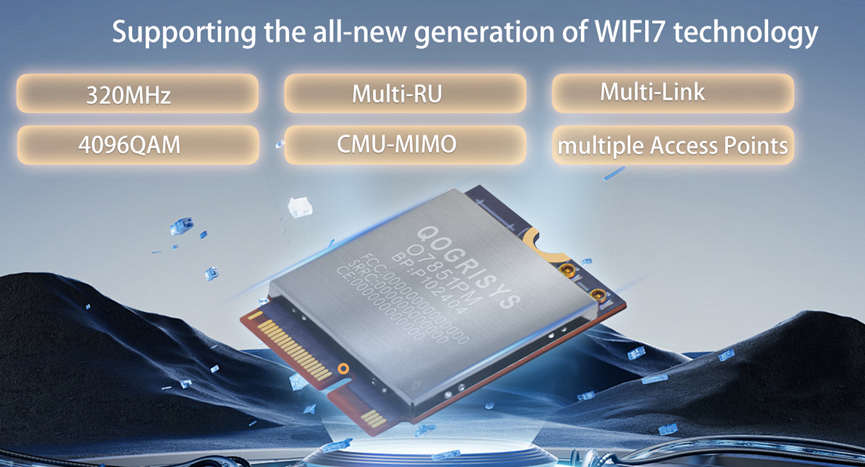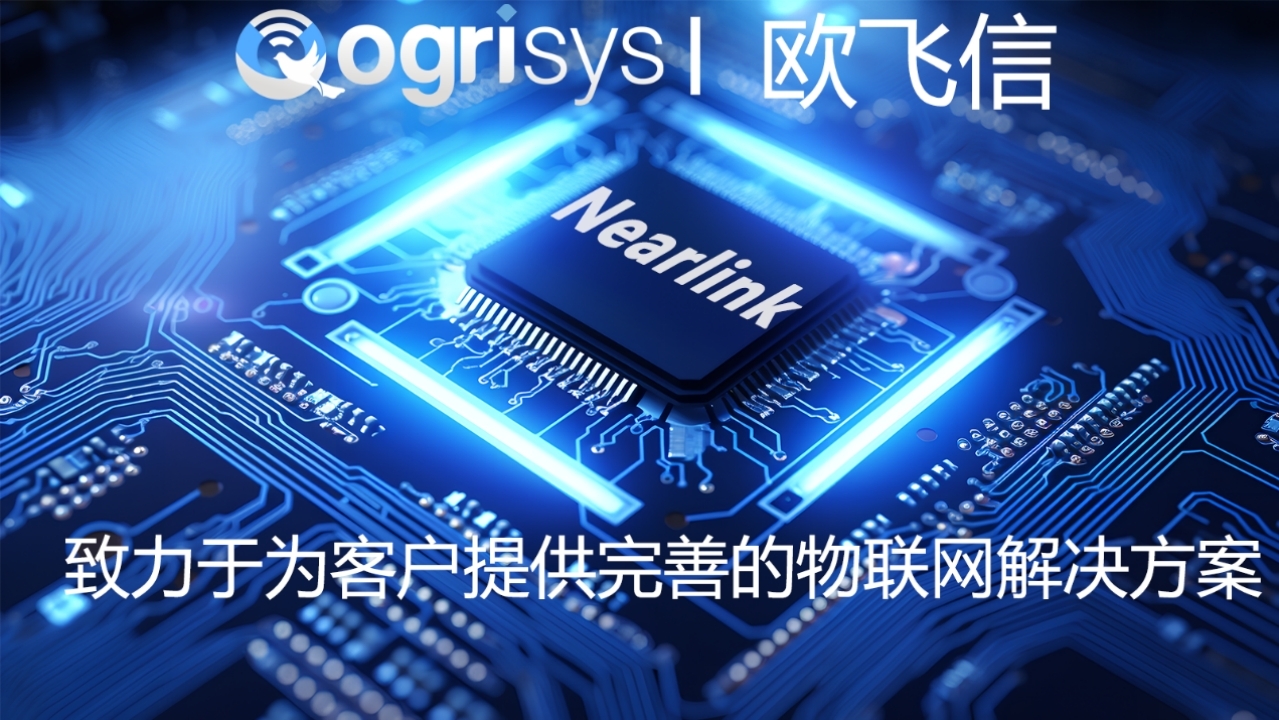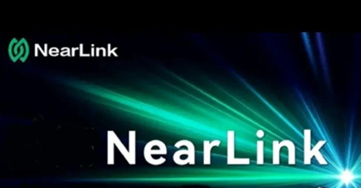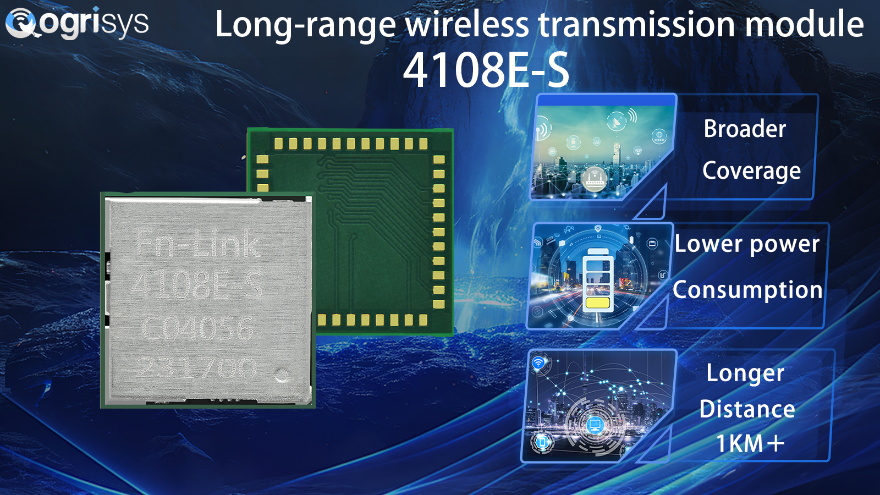-
What are WIFI 6E and MESH networking? WIFI 6E is WIFI 6 wireless communication technology that extends to the 6GHz band. The "6" in "WIFI 6E" refers to the "6th generation" of WIFI technology, while "E" stands for the latest extension of the standard utilizing a new frequency band. WIFI 6E provides higher bandwidth, lower latency, and greater network capacity by incorporating the 6GHz band. MESH networking, on the other hand, is a network topology that connects multiple nodes (Access Points, APs) to form a mesh network, offering seamless wireless coverage. The working principle of MESH networking In a WIFI 6E MESH network, multiple Access Points (APs) connect to each other through the 6GHz band, forming a dynamic mesh network. These APs not only provide conventional wireless access functionality, but also extend netwo...
-
With the rapid development of technology, wireless networks have become an indispensable part of our daily lives. From the initial WIFI to the current WIFI 7, wireless network technology has constantly broken through, providing users with faster and more stable network experiences. This article will explore the impact of WIFI 7's MLO (Multi-Link Operation) technology on wireless networks. What is WIFI 7 and its MLO (Multi-Link Operation) technology? WIFI 7 (IEEE 802.11be) is the latest generation of wireless network standards, expected to gradually gain popularity in the coming years. Compared to previous generations of WIFI technology, WIFI 7 has significantly improved in terms of speed, latency, and performance. MLO technology is a key feature of WIFI 7, allowing devices to connect to multiple frequency bands (such as 2.4GHz, 5G...
-
With the rapid development of multiple industries such as smart cars, smart terminals, smart homes, and smart manufacturing, various application fields have posed common requirements for wireless short-range communication technology in terms of low latency, high reliability, and low power consumption. The inherent limitations and technical potential of existing mainstream wireless short-range communication technologies cannot meet the technical requirements of new applications. In response to addressing the industry's technical pain points, the new generation of wireless short-range communication technology, StarFlash, has emerged. Essentially a new generation of wireless short-range communication technology, StarFlash offers six major advantages over traditional wireless short-range communication technologies: low latency, high speed, interference resistance, high reliability, h...
-
As I pondered over this headline before starting, I couldn't shake off my concerns about whether it aligns with the content. Having worked in the WiFi industry for 10 years, I've been deeply troubled by the development of domestic WiFi chips two years ago. Back then, domestic digital transmission WiFi chips were mostly confined to the low-end market, with little visibility in the high-end market. Here, I'm compiling a summary. If there are any inappropriate parts, let's just overlook them as a joke. WiFi chips are roughly divided into digital transmission WiFi and IoT WiFi. Apart from smartphones, hardware is primarily utilized in the form of modules. Domestic IoT WiFi boasts high cost-effectiveness, with significant advantages closely tied to its characteristics. IoT WiFi is characterized by small data and control applications, featuring a built-in RTO...
-
From GreenTooth to StarFlash, wireless communication achieves transcendence Like Bluetooth and Wi-Fi, StarFlash is also a short-range wireless communication technology. To understand it, one must first understand Bluetooth and Wi-Fi, two communication technologies that play important roles in our lives. Although their application scenarios are similar, the focus of the two technologies is different: Bluetooth pursues lower power consumption, while Wi-Fi pursues higher transmission rates. Over the past 20 years, both technologies have developed along their respective goals, establishing extensive ecosystems and application scenarios, and also erecting high technological barriers. In 2019, Huawei, in collaboration with academia and industry, jointly developed a more perfect short-range wireless communication technology and initiated the establishment of the "GreenTo...
-
Background of Wi-Fi HaLow: In the past decade, Wi-Fi technology has been widely deployed in homes and enterprises, connecting billions of smart devices and facilitating rapid information transfer. However, current Wi-Fi standards face some challenges, including limitations in protocol range and overall functionality, resulting in difficulties in long-range communication and restricting the potential for smart devices to form a truly interconnected ecosystem. To meet the needs of low-power IoT clients and accelerate innovation in IoT applications, Wi-Fi HaLow technology based on the IEEE 802.11ah standard has emerged. Wi-Fi HaLow Applications: Wi-Fi HaLow technology is rapidly transforming the landscape across multiple domains, from enterprise networks to smart homes, and even to smart cities. Its outstanding connectivity and performance characteristics ...
-
What are WIFI 6E and MESH networking? WIFI 6E is WIFI 6 wireless communication technology that extends to the 6GHz band. The "6" in "WIFI 6E" refers to the "6th generation" of WIFI technology, while "E" stands for the latest extension of the standard utilizing a new frequency band. WIFI 6E provides higher bandwidth, lower latency, and greater network capacity by incorporating the 6GHz band. MESH networking, on the other hand, is a network topology that connects multiple nodes (Access Points, APs) to form a mesh network, offering seamless wireless coverage. The working principle of MESH networking In a WIFI 6E MESH network, multiple Access Points (APs) connect to each other through the 6GHz band, forming a dynamic mesh network. These APs not only provide conventional wireless access functionality, but also extend netwo...
-
With the rapid development of technology, wireless networks have become an indispensable part of our daily lives. From the initial WIFI to the current WIFI 7, wireless network technology has constantly broken through, providing users with faster and more stable network experiences. This article will explore the impact of WIFI 7's MLO (Multi-Link Operation) technology on wireless networks. What is WIFI 7 and its MLO (Multi-Link Operation) technology? WIFI 7 (IEEE 802.11be) is the latest generation of wireless network standards, expected to gradually gain popularity in the coming years. Compared to previous generations of WIFI technology, WIFI 7 has significantly improved in terms of speed, latency, and performance. MLO technology is a key feature of WIFI 7, allowing devices to connect to multiple frequency bands (such as 2.4GHz, 5G...
-
With the rapid development of multiple industries such as smart cars, smart terminals, smart homes, and smart manufacturing, various application fields have posed common requirements for wireless short-range communication technology in terms of low latency, high reliability, and low power consumption. The inherent limitations and technical potential of existing mainstream wireless short-range communication technologies cannot meet the technical requirements of new applications. In response to addressing the industry's technical pain points, the new generation of wireless short-range communication technology, StarFlash, has emerged. Essentially a new generation of wireless short-range communication technology, StarFlash offers six major advantages over traditional wireless short-range communication technologies: low latency, high speed, interference resistance, high reliability, h...
-
As I pondered over this headline before starting, I couldn't shake off my concerns about whether it aligns with the content. Having worked in the WiFi industry for 10 years, I've been deeply troubled by the development of domestic WiFi chips two years ago. Back then, domestic digital transmission WiFi chips were mostly confined to the low-end market, with little visibility in the high-end market. Here, I'm compiling a summary. If there are any inappropriate parts, let's just overlook them as a joke. WiFi chips are roughly divided into digital transmission WiFi and IoT WiFi. Apart from smartphones, hardware is primarily utilized in the form of modules. Domestic IoT WiFi boasts high cost-effectiveness, with significant advantages closely tied to its characteristics. IoT WiFi is characterized by small data and control applications, featuring a built-in RTO...
-
From GreenTooth to StarFlash, wireless communication achieves transcendence Like Bluetooth and Wi-Fi, StarFlash is also a short-range wireless communication technology. To understand it, one must first understand Bluetooth and Wi-Fi, two communication technologies that play important roles in our lives. Although their application scenarios are similar, the focus of the two technologies is different: Bluetooth pursues lower power consumption, while Wi-Fi pursues higher transmission rates. Over the past 20 years, both technologies have developed along their respective goals, establishing extensive ecosystems and application scenarios, and also erecting high technological barriers. In 2019, Huawei, in collaboration with academia and industry, jointly developed a more perfect short-range wireless communication technology and initiated the establishment of the "GreenTo...
-
Background of Wi-Fi HaLow: In the past decade, Wi-Fi technology has been widely deployed in homes and enterprises, connecting billions of smart devices and facilitating rapid information transfer. However, current Wi-Fi standards face some challenges, including limitations in protocol range and overall functionality, resulting in difficulties in long-range communication and restricting the potential for smart devices to form a truly interconnected ecosystem. To meet the needs of low-power IoT clients and accelerate innovation in IoT applications, Wi-Fi HaLow technology based on the IEEE 802.11ah standard has emerged. Wi-Fi HaLow Applications: Wi-Fi HaLow technology is rapidly transforming the landscape across multiple domains, from enterprise networks to smart homes, and even to smart cities. Its outstanding connectivity and performance characteristics ...








